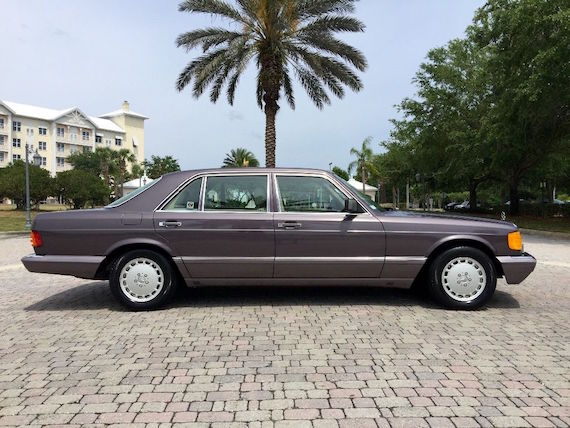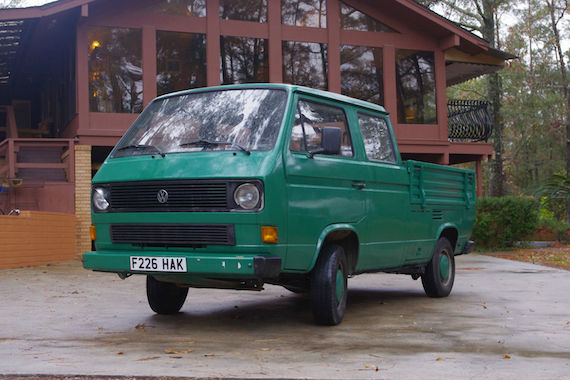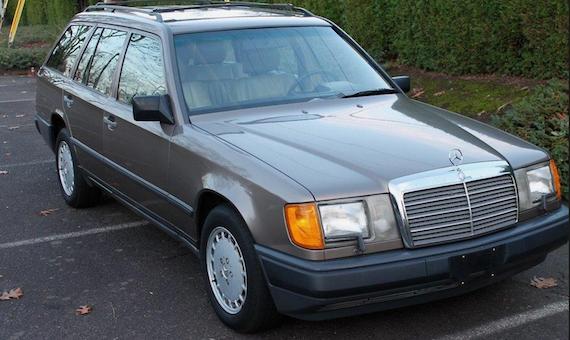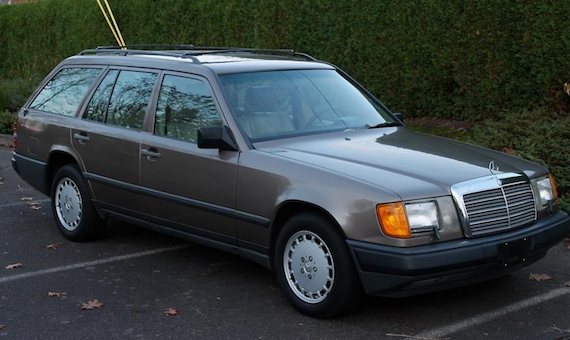Halfway through the W126 S-class production run, the diesel engine was upgraded, from the familiar and reliable OM615 inline-5 to the OM603 inline-6. The first W126s to employ the OM603 experienced teething problems, something unthinkable from Mercedes-Benz at the time. Heat from the diesel particulate filter, a part integral to the emissions control system, would cause the aluminum heads to fail. In some cases, debris from these filters would damage the turbocharger. After two years, Mercedes stopped selling the diesel S-class, but it would return once again in 1990 for the final two years of S-class production. Mercedes debuted a larger version of the OM603, displacing 3.5 liters. However, this engine had its own set of problems, as the larger bore led to head gasket failure and passage of oil into the cylinder bores. In addition, failure of motor mounts could cause screws to loosen in the crankcase which would lead to another set of issues. It was reported Mercedes-Benz replaced a number of engines in these cars, but never issued a formal recall.
If this didn’t scare you away from a late-model W126 diesel, then read on. The 350SDL was not the sales leader of the W126 pack, as most opting for a large Mercedes on these shores wanted V8 power. This 350SDL in Florida has seemingly escaped the wear and tear most of these diesel powered Benzes, showing less than 60,000 miles on the odometer.







